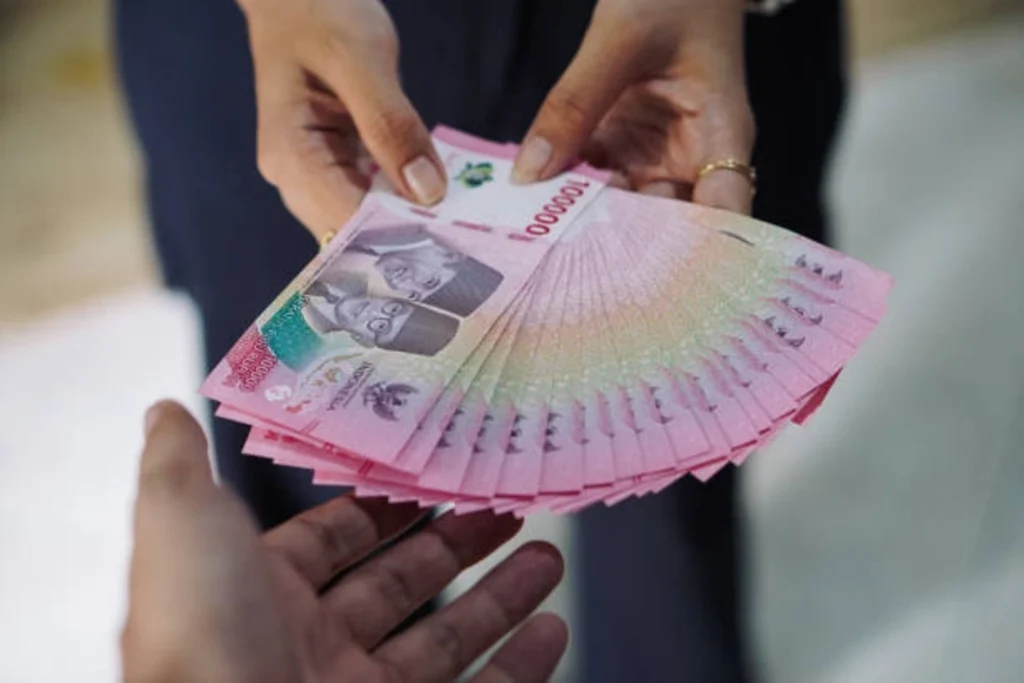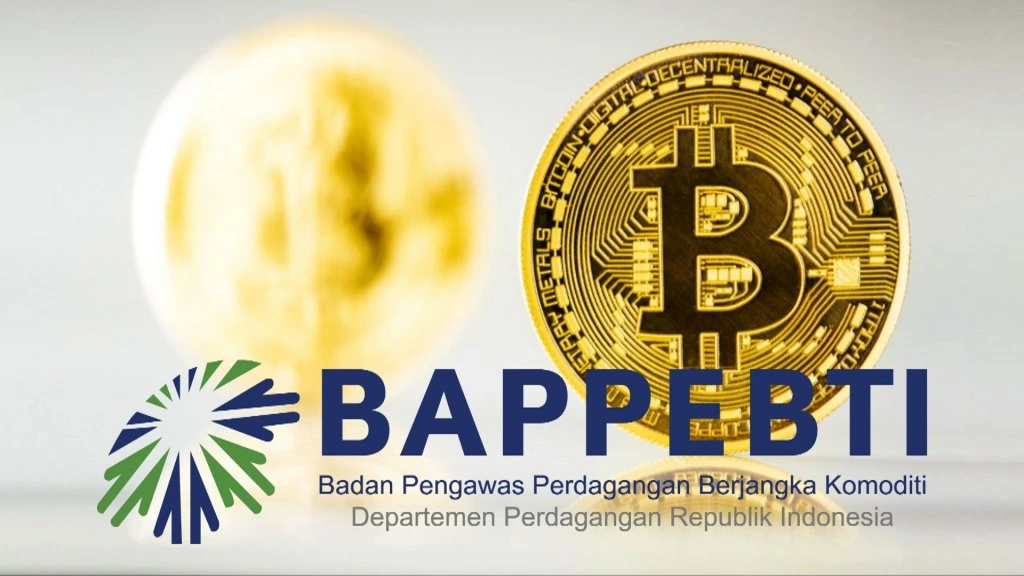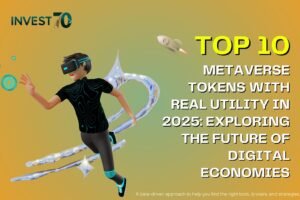Digital Gold Indonesia: How Technology is Reshaping Gold Investment for the Masses
Traditionally seen as a conservative, high-barrier asset, gold is undergoing a quiet but powerful transformation in Indonesia. Thanks to digital innovation, digital gold Indonesia is now more accessible than ever before—especially to younger investors, small savers, and mobile-first users.
No longer just a form of physical wealth passed through generations, gold is being digitized, fractionalized, and offered through e-commerce apps and fintech platforms. And it’s catching on fast.
A New Face of Gold Ownership


The image of a gold investor has changed dramatically. Instead of buyers walking into physical stores to purchase gold jewelry or bars, more Indonesians are buying gold in micro-amounts via mobile apps. Whether it’s Rp 10,000 or Rp 100,000, digital gold allows ownership in fractions—without the need for vaults, insurance, or traditional bank involvement.
This is a significant development in a country where gold remains one of the most trusted assets, yet has historically been reserved for the upper-middle class and above.
What’s Fueling the Growth of Digital Gold in Indonesia?


1. Tech-Driven Convenience
Apps like Tokopedia Emas, Shopee Emas, and Pluang allow users to buy, track, and sell gold in real time. Seamless integration with mobile wallets and local payment systems has made it almost effortless.
2. Financial Literacy Campaigns
With increasing awareness about inflation and saving strategies, more Indonesians are looking for assets that preserve value. Digital gold is promoted as a “safe entry point” for beginners looking to diversify outside of savings accounts.
3. Low Capital Requirement
Digital platforms have lowered the minimum investment threshold, making gold accessible to students, informal workers, and even rural communities. This inclusion is key in a country with a large underbanked population.
4. Cultural Comfort with Gold
Unlike newer assets like cryptocurrency, gold is already well understood and trusted. The digital format simply updates the delivery method, not the core value of the asset.
Shifting Demographics: Who Is Buying?
The biggest demographic shift has been the rise of Millennials and Gen Z as active investors. Many of them:
- Prefer app-based platforms to physical transactions
- Want short- to medium-term liquidity
- Value transparency, low fees, and flexibility
Women, particularly young mothers and early-career professionals, are also emerging as a strong user base—many drawn to digital gold’s use as a savings tool for household goals.
The Role of E-Commerce and Fintech Ecosystems
What’s unique about digital gold Indonesia is its integration into platforms people already use daily. Instead of needing a separate account, users can access gold investment options directly from:
- E-commerce apps like Shopee and Tokopedia
- Fintech platforms such as Pluang, Tamasia, and DanaEmas
- Government-affiliated services like Pegadaian Digital
This embedded approach not only increases visibility but normalizes gold investment as part of everyday life.
Regulatory Backing and Public Trust

The growing influence of BAPPEBTI (Indonesia’s Commodity Futures Trading Regulatory Agency) in overseeing digital gold services has added a layer of trust. Platforms that comply with regulation are more likely to attract conservative or risk-averse users.
Meanwhile, partnerships with well-known gold custodians—like PT Antam—help bridge the trust gap between digital access and physical backing.
Digital Gold Indonesia: Challenges and Growing Pains
Despite rapid adoption, digital gold still faces a few hurdles:
- Unclear pricing structures: Not all apps are upfront about spreads or storage fees.
- Physical redemption issues: While some platforms allow conversion to physical gold, the process can be costly or restrictive.
- User education gaps: Many first-time investors still don’t understand the risks or rights involved with digital gold ownership.
These challenges are natural in any emerging market but must be addressed to build long-term user confidence.
Future Outlook: Digital Gold Indonesia-Where Is the Trend Headed?

Source: GOLDPRICE
Looking ahead, several developments are likely:
- Gamification and education: Expect apps to offer interactive learning tools and milestone-based savings plans.
- Sharia-compliant growth: With Indonesia’s Muslim-majority population, demand for Islamic financial products—including gold—will continue to shape the market.
- Cross-product integration: Digital gold may be bundled with loans, insurance, or even pension services.
As competition increases, platforms will likely differentiate themselves through user experience, automation, and smarter investing features.
Final Thoughts
Digital gold Indonesia represents a larger shift in how wealth is being built and stored in the modern age. As platforms evolve and financial habits change, digital gold is no longer a novelty—it’s becoming a mainstream asset for a digital-savvy generation.
The demand is clear: accessible, low-risk investments that align with the daily habits of modern Indonesians. And digital gold, with its cultural familiarity and technical ease, is well positioned to meet that need.




